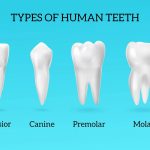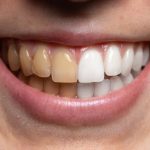5 Easy Ways to Reduce Swelling After Wisdom Teeth Removal
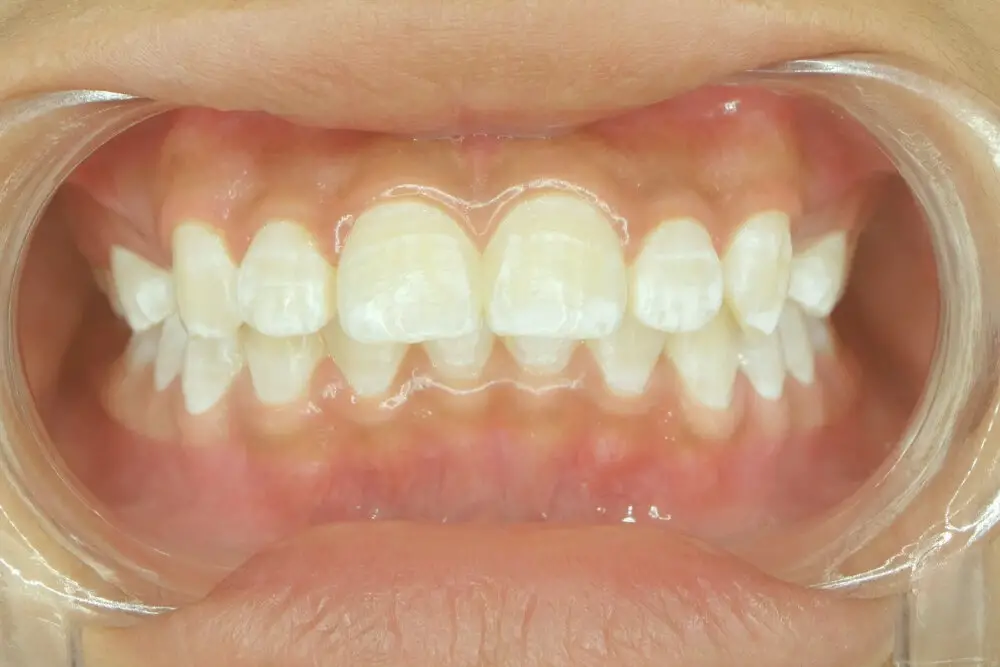
Wisdom teeth removal is a common dental procedure that can cause swelling and discomfort for several days after the surgery. Swelling after wisdom teeth removal is a natural response of the body’s immune system to the trauma caused during the surgery. However, it can be quite uncomfortable and can make it difficult to go about your daily activities. Luckily, there are several easy ways to reduce swelling after wisdom teeth removal that can help you feel more comfortable and speed up your recovery. Reducing swelling after wisdom teeth removal can be achieved through a combination of at-home remedies and medical interventions. Some of the most effective ways to reduce swelling include icing the affected area, taking pain medication, eating soft foods, and avoiding activities that can increase blood flow to the affected area. These methods can help alleviate swelling and promote healing, allowing you to get back to your normal routine as soon as possible. In this article, we will explore 5 easy ways to reduce swelling after wisdom teeth removal that are safe and effective.
Wisdom teeth removal is a common dental procedure that involves the extraction of the third molars located at the back of the mouth. These teeth usually erupt during the late teenage years or early adulthood and can cause a variety of dental problems such as overcrowding, impaction, and infection. The procedure is typically performed under local or general anesthesia by an oral surgeon or a dentist. After the surgery, patients may experience swelling, pain, and discomfort, which can be alleviated by following certain post-operative instructions such as applying ice packs, taking pain medication, and eating soft foods. Overall, wisdom teeth removal can improve oral health and prevent future dental complications.
Reducing swelling after wisdom teeth removal is crucial for a speedy recovery. Swelling is a natural response from the body to injury or trauma, and it can cause discomfort, pain, and difficulty in carrying out normal daily activities. By reducing swelling, one can minimize the risk of complications such as infection and bleeding. Moreover, it can also help in decreasing the overall recovery time. While there are various ways to reduce swelling, some simple techniques like applying ice packs, keeping the head elevated, and avoiding strenuous activities can go a long way in helping the healing process. Therefore, it is essential to follow a comprehensive plan to reduce swelling after wisdom teeth removal.
Ice Packs
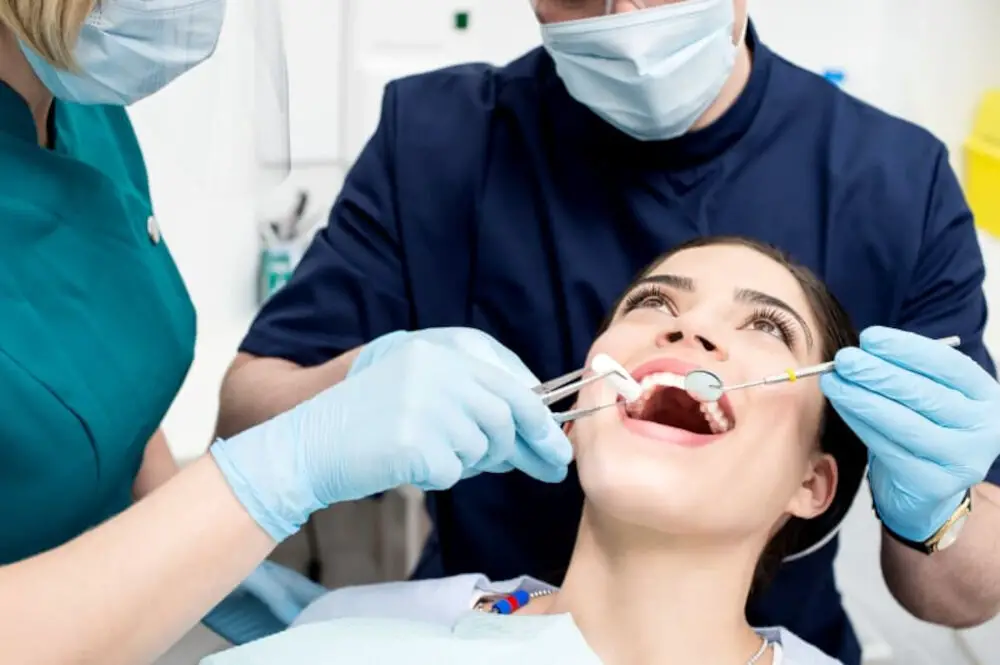
Ice packs are a simple yet effective tool to reduce swelling after wisdom teeth removal. They work by constricting blood vessels and decreasing blood flow to the affected area, which in turn reduces inflammation and swelling. Applying ice packs to the cheek area for 20 minutes at a time, with 10-minute breaks in between, can help alleviate discomfort and promote faster healing. It is important to note that ice packs should not be applied directly to the skin, but rather wrapped in a cloth or towel to prevent frostbite or skin damage. In addition to reducing swelling, ice packs can also help numb the affected area and alleviate pain. This is because cold temperatures can slow down nerve impulses and reduce sensitivity, providing temporary relief from discomfort. However, it is important to balance the use of ice packs with other pain management techniques, such as over-the-counter pain medications or prescription painkillers as prescribed by a dentist or oral surgeon. By incorporating ice packs into a comprehensive post-operative care plan, patients can minimize discomfort and facilitate a smoother recovery after wisdom teeth removal.
Ice packs are a simple yet effective tool to reduce swelling after wisdom teeth removal. It is recommended to use ice packs for the first 48 hours after the surgery, with 20 minutes of use followed by a 20-minute break. Place the ice pack on the affected area, making sure to cover the cheeks and jawline. Avoid direct contact with the skin by wrapping the ice pack in a towel or cloth. It’s important to note that excessive use of ice packs can cause tissue damage, so it’s crucial to follow the recommended usage guidelines. Additionally, if you have any pre-existing medical conditions that affect circulation or sensation, consult with your dentist before using an ice pack.
Using ice packs is an effective method to reduce swelling after wisdom teeth removal. Ice packs work by constricting the blood vessels, which reduces blood flow to the affected area, thus decreasing inflammation and pain. Additionally, ice packs can numb the area, providing temporary relief from discomfort. The benefits of using ice packs are numerous, including reducing the need for pain medication, speeding up the healing process, and preventing further swelling. Moreover, ice packs are easy to use, inexpensive, and readily available. Overall, incorporating ice packs into the post-operative care routine after wisdom teeth removal can greatly improve the recovery experience.
After wisdom teeth removal, it is essential to take precautions to reduce swelling and promote healing. To avoid any complications, be sure to follow your dentist’s instructions carefully. Some general precautions to take include using ice packs on the affected area for the first 48 hours, avoiding hot and spicy foods, and sticking to a soft-food diet. Also, avoid using straws, smoking, or drinking alcohol as these can delay healing and increase the risk of infection. Furthermore, make sure to keep your mouth clean by gently brushing and rinsing with warm salt water. With proper care and precautions, you can greatly reduce swelling and discomfort after wisdom teeth removal.
Salt Water Rinse
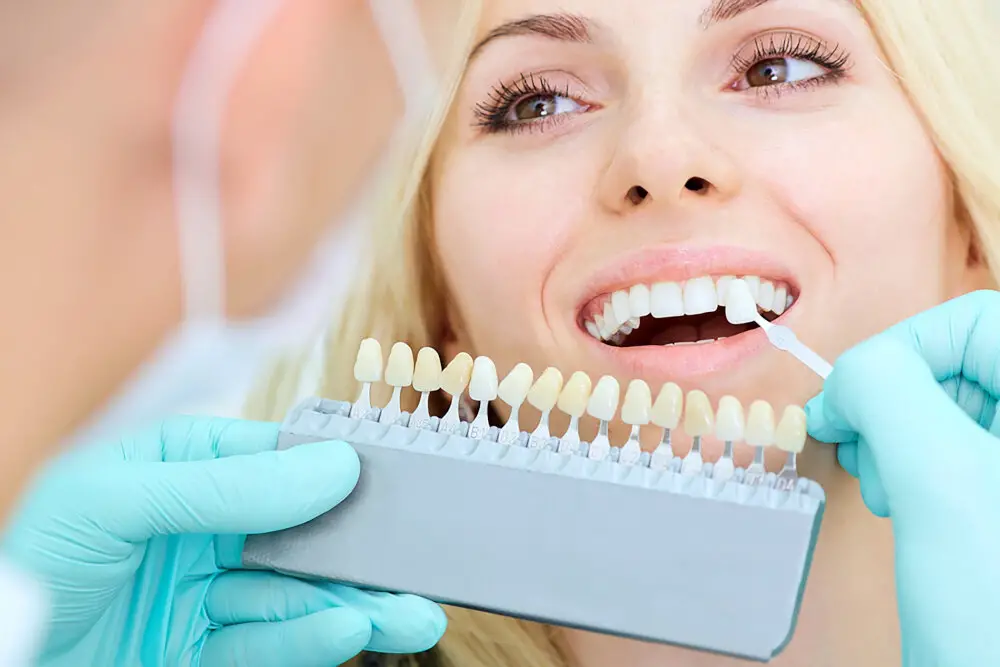
A salt water rinse is a simple yet effective method to reduce swelling after wisdom teeth removal. This method involves mixing a teaspoon of salt in a cup of warm water and swishing the solution in your mouth for a few seconds before spitting it out. The salt water rinse helps in reducing swelling and promoting healing by removing bacteria and debris from the affected area. It also helps in reducing inflammation and preventing infections, which are common after wisdom teeth extractions. Salt water rinse is an inexpensive and natural way to reduce swelling and promote healing, making it a popular choice among dentists and patients alike. Apart from reducing swelling, salt water rinse also helps in relieving pain and discomfort after wisdom teeth removal. The warm water and salt solution help in soothing the gums and reducing inflammation, which in turn reduces pain and discomfort. This method is also effective in preventing dry socket, a painful condition that can occur after wisdom teeth extraction. Dry socket occurs when the blood clot that forms in the extraction site gets dislodged, exposing the bone and nerves beneath it. Salt water rinse helps in keeping the extraction site clean and preventing the dislodgement of the blood clot, reducing the risk of dry socket. Overall, salt water rinse is a simple and effective method to reduce swelling and promote healing after wisdom teeth removal.
A salt water rinse is a simple and effective way to reduce swelling after wisdom teeth removal. It involves mixing salt in warm water and swishing the solution around your mouth for about 30 seconds before spitting it out. This rinse works by reducing inflammation and killing bacteria in the mouth, which helps to prevent infection and promote healing. Salt water also helps to soothe the soreness and discomfort that often accompany wisdom teeth removal. It is recommended to do this rinse at least 3-4 times a day for the first few days after surgery, and then as needed for ongoing relief.
One of the easiest and most effective ways to reduce swelling after wisdom teeth removal is to use a salt water rinse. Salt water is a natural antiseptic that helps to kill bacteria and reduce inflammation. This simple solution can help to soothe sore gums and promote healing. Additionally, salt water rinses are easy to make and can be done multiple times a day for maximum benefits. By incorporating this technique into your post-operative care routine, you can reduce swelling and promote faster healing, allowing you to get back to your daily routine as soon as possible.
One easy and effective way to reduce swelling after wisdom teeth removal is to perform a salt water rinse. To do this, mix one teaspoon of salt in a cup of warm water and stir until the salt is dissolved. Take a small sip of the mixture and swish it around your mouth for 30 seconds, making sure to reach all areas of your mouth. Spit the mixture out and repeat the process until all of the solution is gone. This rinse can be done as often as necessary to help reduce swelling and promote healing in the affected area. The salt water rinse is a simple and affordable remedy that can greatly improve your recovery after wisdom teeth removal.
After wisdom teeth removal, there are several precautions that you should take to reduce swelling and promote healing. Firstly, make sure to apply ice packs to your cheeks for the first 48 hours to minimize swelling. Secondly, avoid hot or spicy foods, and stick to soft, easy-to-chew foods like yogurt, soups, and smoothies. Thirdly, avoid smoking or using a straw as the suction can dislodge the blood clot and cause dry socket. Fourthly, keep your mouth clean by gently brushing your teeth and rinsing your mouth with salt water. Lastly, take any prescribed painkillers and antibiotics as directed by your dentist to prevent infection and manage pain. By following these precautions, you can ensure a speedy recovery and minimize discomfort after your wisdom teeth removal.
Soft Foods
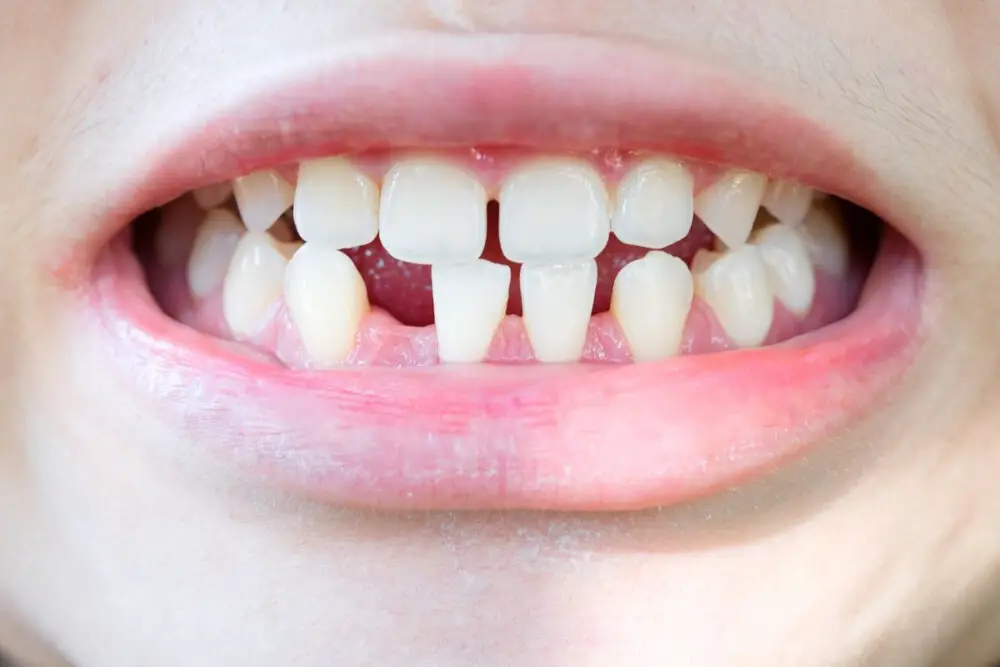
After wisdom teeth removal, it is crucial to follow a soft food diet to alleviate swelling and pain. Soft foods are easy to chew and swallow, allowing your mouth to heal properly. Some examples of soft foods include mashed potatoes, soups, scrambled eggs, yogurt, and smoothies. It is essential to avoid hard, crunchy, or sticky foods as they may irritate the surgical site and lengthen the recovery process. Additionally, acidic and spicy foods should be avoided as they can cause discomfort and inflammation. Soft foods provide a variety of essential nutrients that help the body recover faster. For instance, yogurt is an excellent source of protein and probiotics, which help the body fight infections and improve gut health. Soups containing vegetables and lean protein are packed with vitamins and minerals that boost the immune system and support healing. Smoothies made with fruits and vegetables are rich in antioxidants and fiber, which aid digestion and reduce inflammation. Overall, incorporating soft foods into your post-surgery diet can promote a speedy recovery and ensure optimal oral health.
Soft foods are foods that are easy to chew and swallow, as they require less effort to break down. These types of foods are particularly important after wisdom teeth removal, as the mouth and gums will be sore and swollen. Soft foods are usually cooked, steamed or mashed, and are often bland or mild in flavor. They can be made from a variety of sources, including vegetables, fruits, grains, and proteins, and can be served hot or cold. Some examples of soft foods include soups, mashed potatoes, yogurt, scrambled eggs, smoothies, and cooked vegetables. Incorporating soft foods into your diet after wisdom teeth removal can help reduce pain and inflammation, while also providing important nutrients to support the healing process.
Eating soft foods after wisdom teeth removal can be very beneficial for the healing process. Soft foods are easy to chew and swallow, which reduces the amount of strain on the teeth and gums, allowing them to heal more quickly. Soft foods are also less likely to cause irritation or damage to the surgical site. Additionally, soft foods are often nutrient-dense, which is important for maintaining a healthy diet while recovering from surgery. Some examples of soft foods include mashed potatoes, scrambled eggs, smoothies, and soup. By incorporating soft foods into your diet after wisdom teeth removal, you can help reduce swelling and discomfort and promote a faster, smoother recovery.
After a wisdom teeth removal surgery, it is important to stick to a soft food diet to avoid irritating the surgical site. Some examples of soft foods include mashed potatoes, scrambled eggs, smoothies, yogurt, oatmeal, soup, hummus, and steamed vegetables. These types of foods are easy to chew and swallow, and they also provide the necessary nutrients for a healthy recovery. It is important to avoid hard, crunchy, or sticky foods during the healing process as they can damage the surgical site and increase swelling. By incorporating soft foods into your diet, you can promote a faster and smoother recovery after wisdom teeth removal.
After wisdom teeth removal, there are a few precautions one should take to reduce swelling and avoid complications. Firstly, it is recommended to apply ice packs on the affected area for the first 48 hours. This helps in reducing inflammation and pain. Secondly, avoid smoking and drinking alcohol as it can delay healing and increase the risk of infection. Thirdly, maintain good oral hygiene by gently brushing and rinsing your mouth with warm salt water. Also, avoid consuming hot or spicy foods as it can irritate the wound. Lastly, take prescribed pain medication and antibiotics as directed by your dentist to prevent infection and manage pain. Following these precautions will ensure a smooth recovery after wisdom teeth removal.
Medications

After getting your wisdom teeth removed, it’s not uncommon to experience swelling and discomfort in the affected area. Fortunately, there are several medications that can help alleviate these symptoms. One of the most commonly prescribed medications for post-operative pain and swelling is ibuprofen. This medication works by reducing inflammation and can provide relief for several hours. It’s important to follow your dentist or oral surgeon’s dosing instructions carefully to ensure you don’t exceed the recommended daily dosage. Other pain relievers, such as acetaminophen, can also be effective in reducing discomfort after wisdom teeth removal. In addition to pain medication, your dentist or oral surgeon may prescribe antibiotics to prevent infection. These medications can help to kill any bacteria that may have been introduced during the surgical procedure. It’s important to take antibiotics exactly as prescribed and to finish the entire course of medication, even if you begin to feel better before the prescription is finished. Failure to do so can contribute to the development of antibiotic-resistant bacteria, which can make future infections more difficult to treat.
Medications for swelling after wisdom teeth removal can be helpful in controlling pain and reducing inflammation. Over-the-counter nonsteroidal anti-inflammatory drugs (NSAIDs) such as ibuprofen or naproxen can be effective in reducing swelling and pain. Prescription-strength NSAIDs may also be prescribed by your dentist or oral surgeon. In addition, corticosteroids such as prednisone may be prescribed to reduce inflammation. These medications should be taken as directed to ensure maximum effectiveness and to minimize the risk of side effects. It is important to speak with your dentist or oral surgeon about which medications are best for you and to follow their instructions carefully.
There are various types of medications that can help to reduce swelling after wisdom teeth removal. One of the most commonly used medications is nonsteroidal anti-inflammatory drugs (NSAIDs) such as ibuprofen, which can help to relieve pain and inflammation. Additionally, acetaminophen can be used for pain relief but does not have anti-inflammatory properties. Steroids, such as dexamethasone, can also be used to reduce swelling and inflammation. Antibiotics may also be prescribed if there is a risk of infection. It is important to follow the instructions of your dentist or oral surgeon and to only take medications as prescribed.
When it comes to taking medications after wisdom teeth removal, it’s crucial to follow the instructions given by your dentist or oral surgeon. Take the prescribed painkillers as directed, and try to take them with food to avoid any stomach irritation. Never exceed the recommended dosage or frequency of taking medication, as this can lead to adverse side effects. Additionally, avoid drinking alcohol or taking any other drugs that may interact with your painkillers. In case of any doubts or concerns, don’t hesitate to contact your healthcare provider. Following these guidelines will help you manage pain and swelling effectively while ensuring a speedy recovery.
Precautions are essential to take after wisdom teeth removal to ensure a smooth and speedy recovery. Firstly, avoid vigorous rinsing or spitting for at least 24 hours after the surgery as it may dislodge the blood clot and cause bleeding. Secondly, apply ice packs to the affected area for 20 minutes at a time to reduce swelling and inflammation. Thirdly, stick to soft, cool foods like smoothies, soups, and yogurt, and avoid hot, spicy, or crunchy foods that may irritate the surgical site. Fourthly, avoid smoking, drinking alcohol, or using straws as they may hinder the healing process. Lastly, follow the prescribed pain medication and antibiotics as directed by your dentist to prevent infection and manage pain. By taking these precautions, you can ensure a comfortable and speedy recovery after wisdom teeth removal.
Swelling after wisdom teeth removal can be uncomfortable and even painful. Fortunately, there are several easy ways to reduce swelling and promote healing. Firstly, applying an ice pack to the affected area for 20 minutes at a time can help to reduce swelling and inflammation. Secondly, keeping your head elevated and avoiding lying flat can help to prevent blood from pooling in the area. Thirdly, drinking plenty of water and avoiding alcohol and caffeine can help to reduce dehydration, which can exacerbate swelling. Fourthly, eating soft, cold foods such as yogurt, ice cream, and smoothies can help to soothe the area and reduce swelling. Finally, taking over-the-counter pain medication as directed can help to manage pain and reduce swelling. By following these simple tips, you can reduce swelling and promote healing after wisdom teeth removal.
Following the steps to reduce swelling after wisdom teeth removal is crucial for a quick and smooth recovery. Swelling is a common side effect of wisdom teeth extraction, and if not treated properly, it can lead to discomfort, pain, and even infection. By following these simple steps, such as using ice packs, avoiding hot liquids, and taking prescribed medication on time, patients can significantly reduce swelling and promote healing. Additionally, maintaining good oral hygiene practices, such as gently brushing and rinsing the mouth with saltwater, can prevent infection and improve overall oral health. Therefore, it is essential to follow these steps to ensure a comfortable and successful recovery after wisdom teeth removal.
In conclusion, swelling after wisdom teeth removal is a common occurrence that can be managed with a few easy steps. It is important to follow the advice of your dentist or oral surgeon and take proper care of the affected area to promote healing and prevent infection. Applying ice packs, keeping your head elevated, and avoiding strenuous activity can all help to reduce swelling. Additionally, consuming soft foods and staying hydrated can aid in the healing process. If you experience excessive swelling, pain, or other symptoms, be sure to contact your dentist or oral surgeon for further guidance. By following these simple tips, you can help to alleviate discomfort and promote a speedy recovery after your wisdom teeth removal.
Conclusion
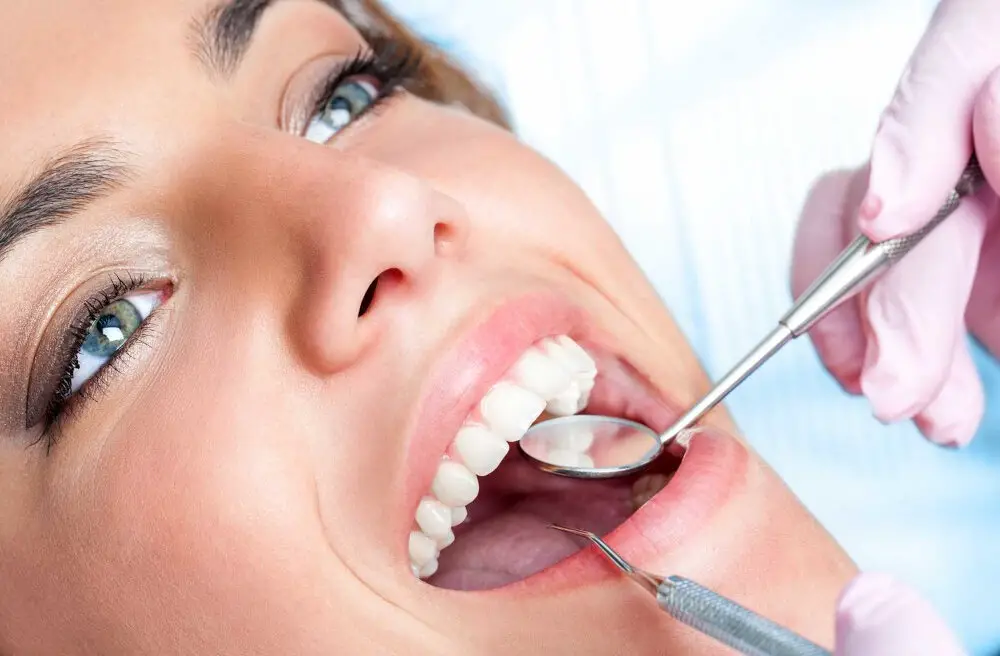
In conclusion, reducing swelling after wisdom teeth removal is vital to promote healing and reduce discomfort. The five easy ways to do this include applying ice packs, keeping the head elevated, using anti-inflammatory medication, rinsing with salt water, and avoiding hot and spicy foods. By following these simple steps, patients can speed up the recovery process and return to their daily activities more quickly. It is essential to remember to follow the post-operative instructions provided by the dentist and seek medical attention if there are any concerns or complications. With a little care and attention, patients can alleviate swelling after wisdom teeth removal and enjoy a speedy recovery.

